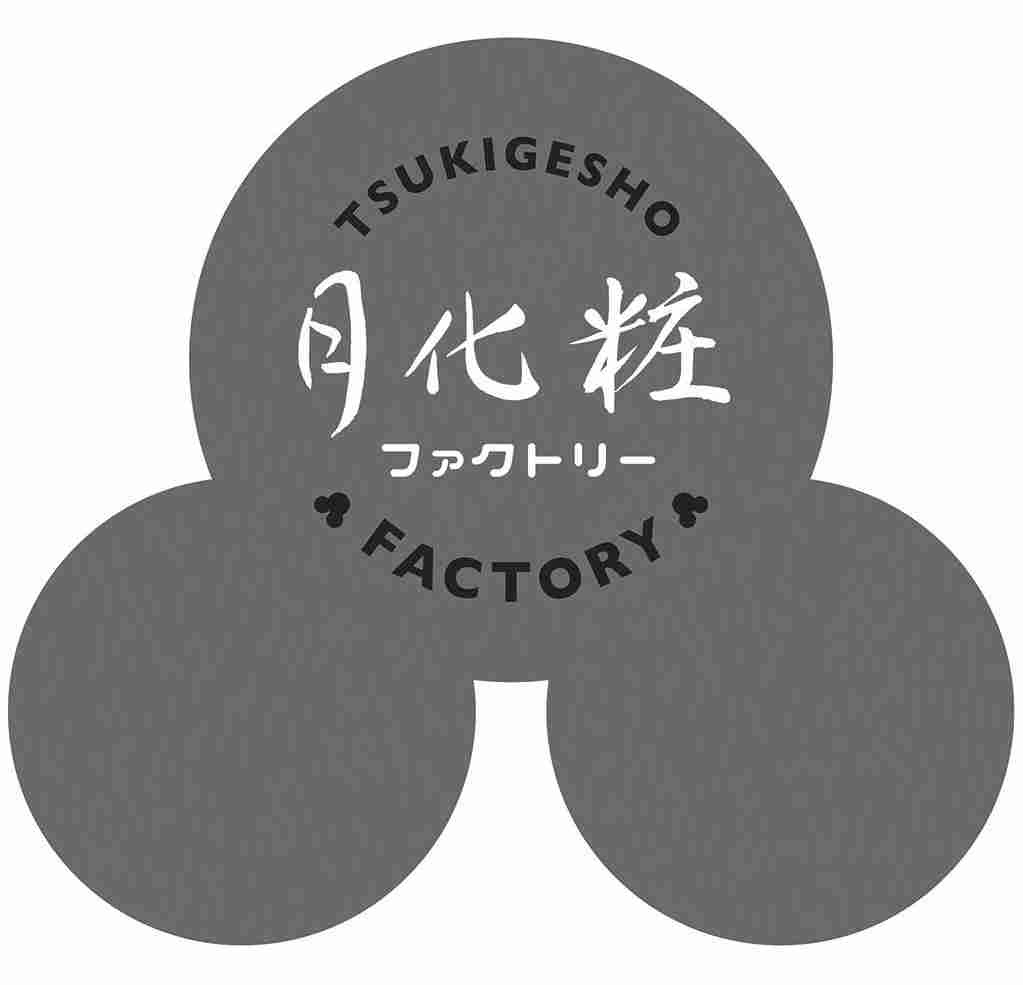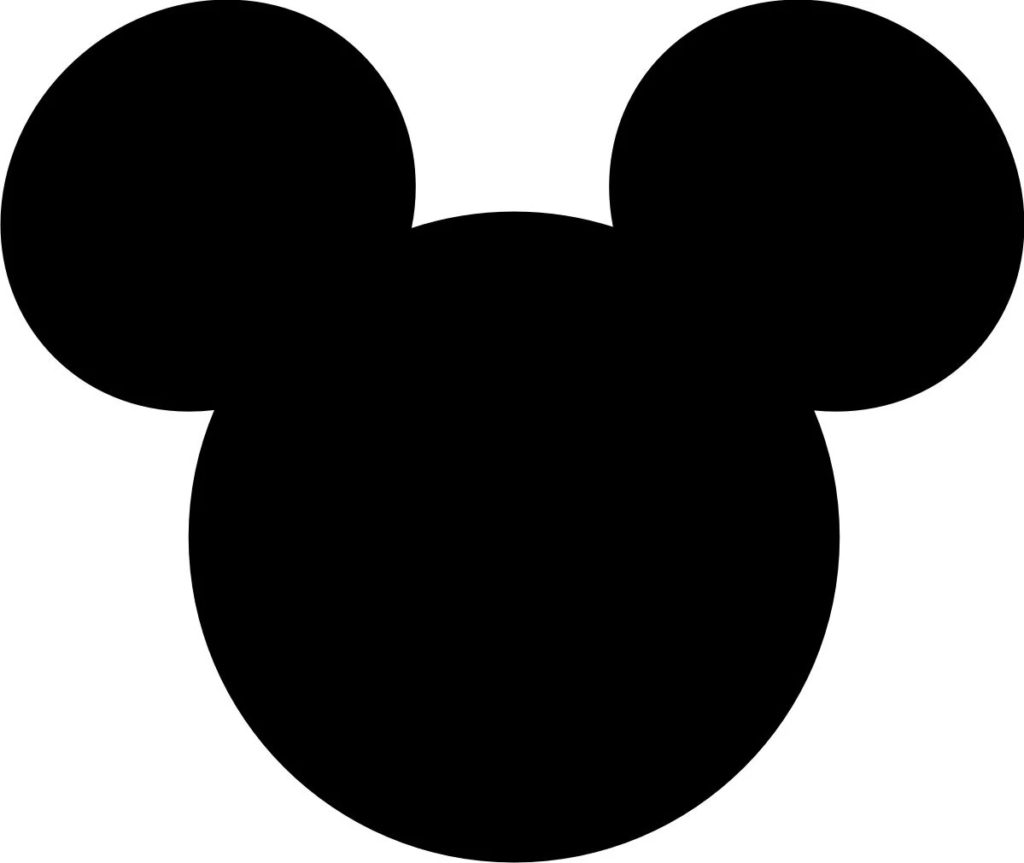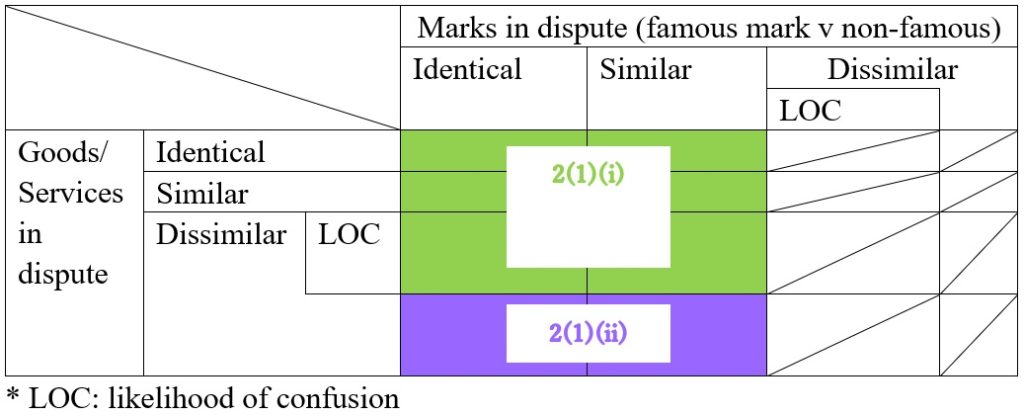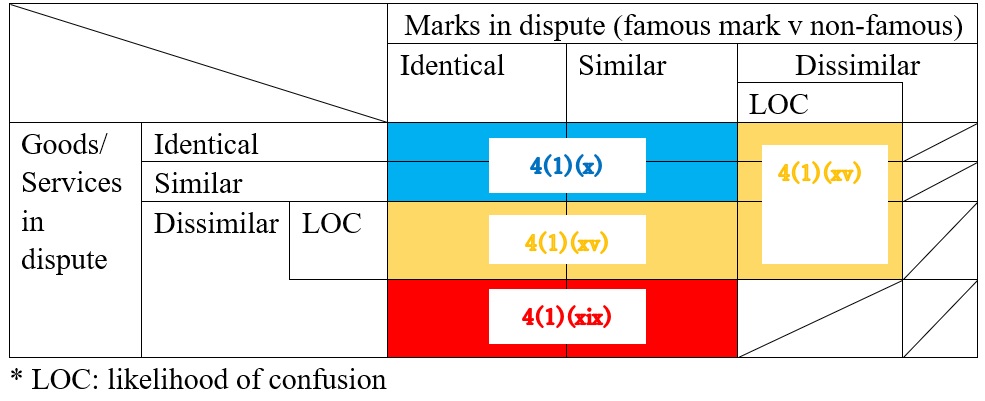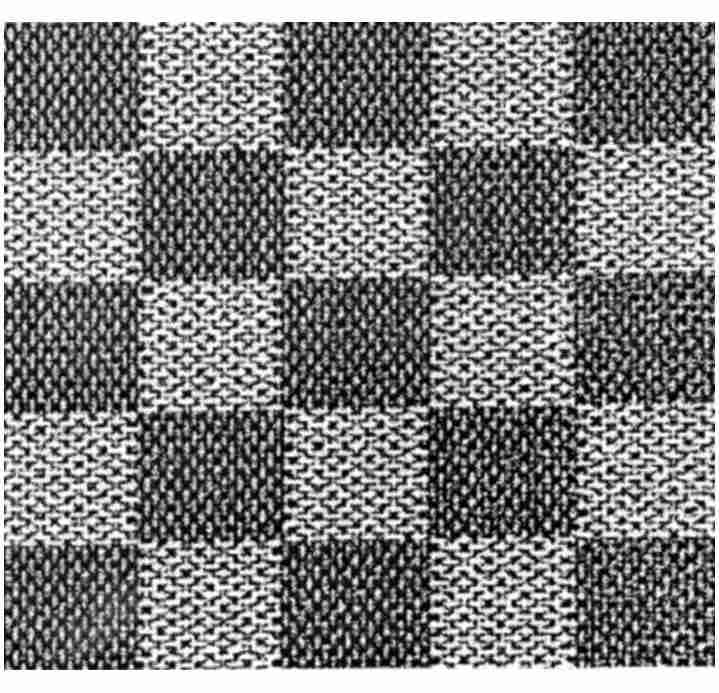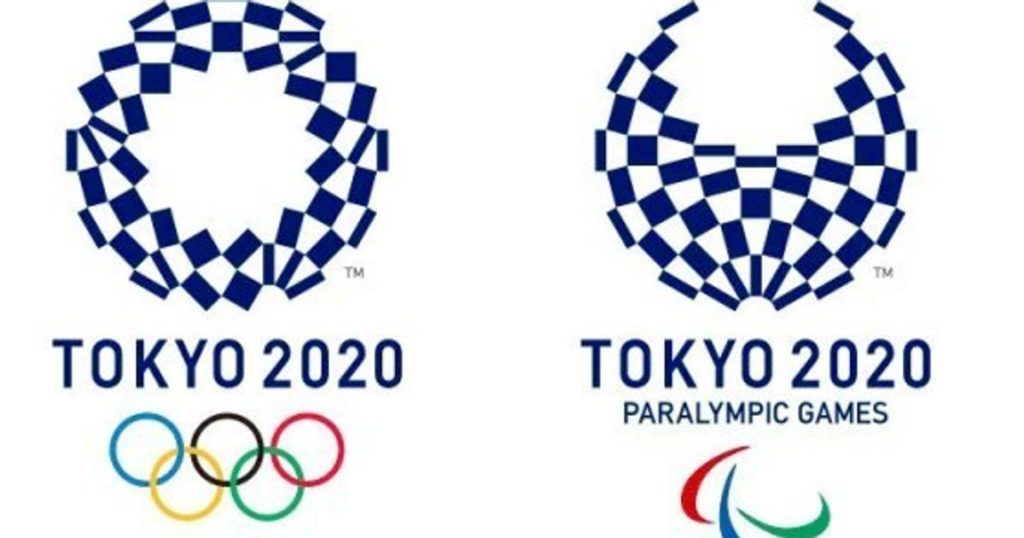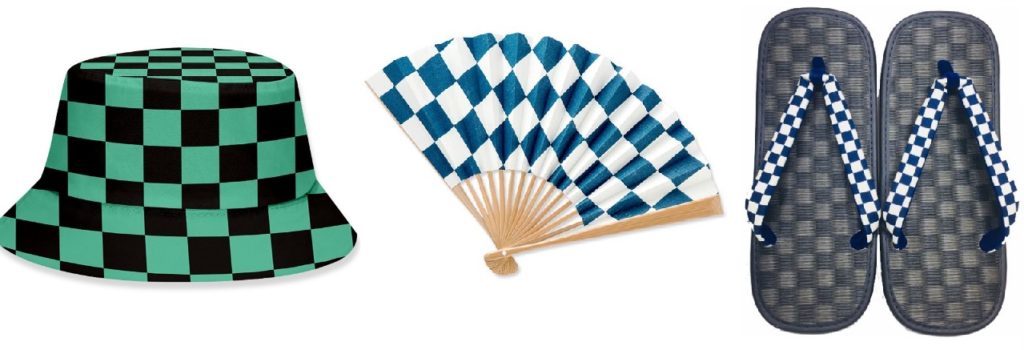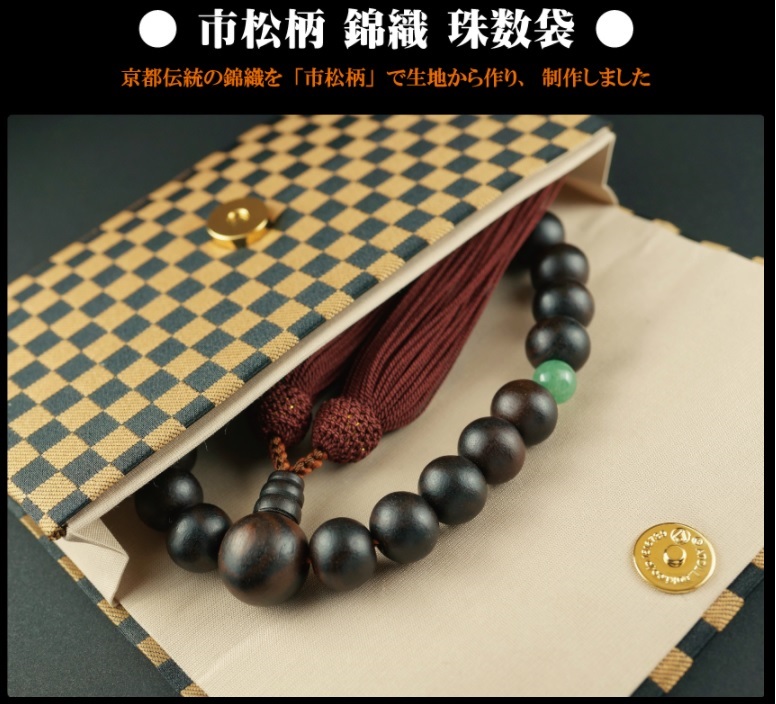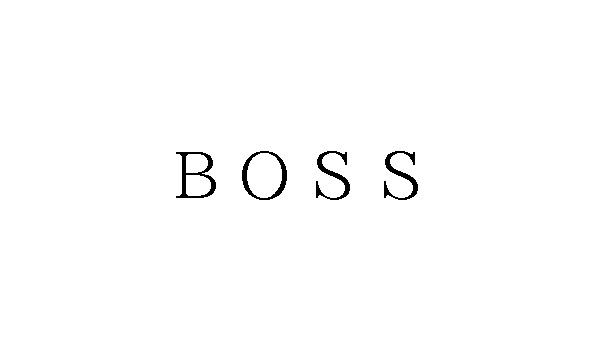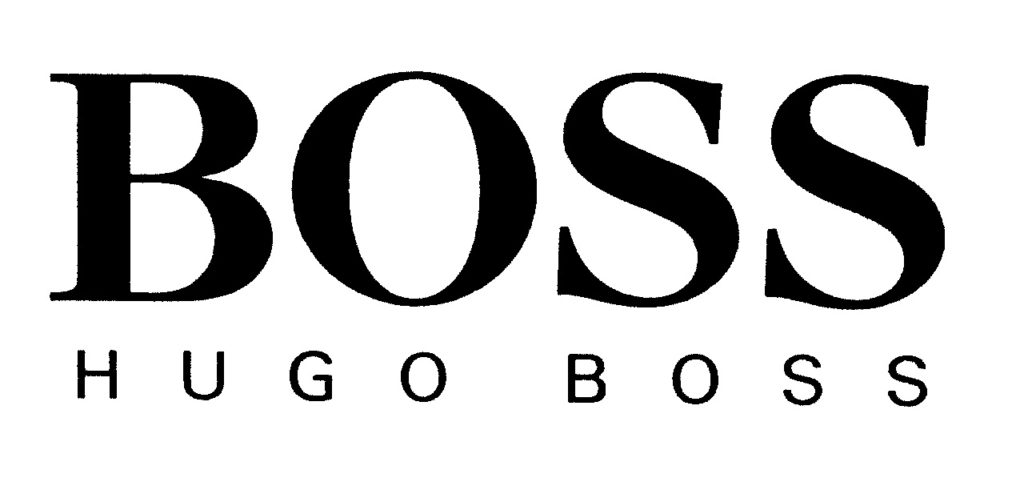In an appeal decision, the Japan Patent Office (JPO) overturned the examiner’s rejection and decided to register the trademark “LA LA LAND” in class 25 by finding no likelihood of confusion with the Academy Award-winning film “La La Land.”
[Appeal case no. 2020-17242, Gazette issued date: October 29, 2021]LA LA LAND
A Los Angeles based private equity firm, Tsunami Capital Group, Inc., filed a trademark application for the word “LA LA LAND” in standard character on various goods in class 25 including clothing, footwear, headwear, and sportswear with the JPO on July 1, 2019 [TM App no. 2019-91271].
The JPO examiner rejected the mark in contravention of Article 4(1)(xv) of the Japan Trademark Law by stating that the word “La La Land” has been widely recognized as a title of the Academy Award-winning film among relevant consumers and traders. If so, the consumers at the sight of the applied mark used on the designated goods in class 12 are likely to conceive it from an entity economically or systematically connected with the filmmaker.
The applicant filed an appeal against the refusal on December 16, 2020.
JPO Appeal Board decision
The Appeal Board questioned the famousness of the word “La La Land” as a source indicator.
Even if an original movie musical “La La Land” won 6 Academy Awards at the 89th Academy Awards after earning a record-tying 14 nominations and “La La Land” DVD has been released for sale, the Board had an opinion that it is doubtful whether the word “La La Land” has been widely recognized as a source indicator of goods or services from the filmmaker in view of insufficient use of the cited mark on the goods or services unrelated to the film.
Given the word “La La Land” has meanings of a euphoric, dreamlike mental state detached from the harsher realities of life and a nickname for Los Angeles, California, the cited mark would be considered less original.
Based on the foregoing, the Board had a reasonable ground to believe that relevant consumers would not confuse the source of the goods in question with the filmmaker or an entity economically or systematically connected with them and concluded the refusal shall be disaffirmed since the examiner erroneously found famousness of the film “La La Land” as a source indicator.

